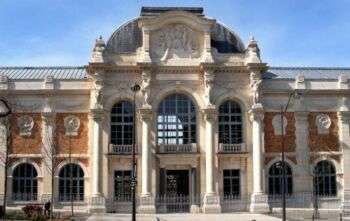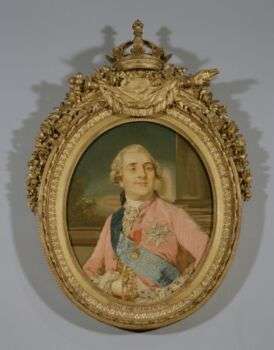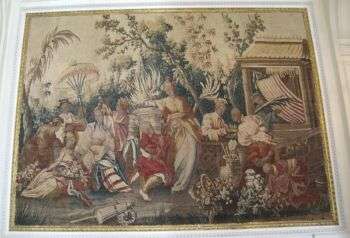Manufacture des Gobelins is a French tapestry factory founded in the 15th century. Also called the Royal Factory, the business supplied the court of the French Crown from the time of Louis XIV.

Image source: https://en.wikipedia.org/wiki/Gobelins_Manufactory#/media/File:Manufacture_des_Gobelins.jpg
Historical Background
The Gobelins Factory emerged along with a textile factory named after a family of French dyers. The enterprise began with a dyeing factory on the outskirts of Paris, founded in the middle of the 15th century by Jean Gobelin and Philibert Gobelin. The family business flourished, and at the beginning of the 17th century, King of France Henry IV turned the enterprise into a tapestry factory run by Flemish weavers.

The Luxury products of the Gobelins factory became so famous that in 1662 Minister of Finance of King Louis XIV, Jean Baptiste Colbert, took over the establishment. Further, the buisness became a part of the Royal Furniture Manufacture. Colbert commissioned a French artist Charles Le Brun to lead. Additionally, he commissioned works from the finest artists of the time, setting high standards of performance and encouraging the training of new artisans. Therefore, this is how magnificent draperies, upholstery, and furniture were created in an ornate Baroque style.

Image source: https://en.wikipedia.org/wiki/File:Death_of_Constantine_(tapestry)_-_1623-1625.jpg

Image source: https://en.wikipedia.org/wiki/File:Gobelins_-_Chancellerie_(Mus%C3%A9e_Nissim_de_Camondo).JPG
The Gobelins Factory closed in 1694 due to the financial difficulties of the Crown. In 1699, it reopened, but exclusively for the manufacture of tapestries. Moreover, the factory continues to work to this day, interrupting its work only once – during the French Revolution. Throughout the years, the styles have changed from Rococo, to Neoclassicism, and Art Nouveau. In 1825, the factory took over the Savonnerie carpet factory, founded in 1627. In addition, it is now officially called the National Tapestry Manufactory.
Today, tapestry production still occurs in the four buildings from the 17th century, as well as in a new building on Gobelins Avenue. These include workshops that served as foundries for bronze sculpture on the grounds of the Palace of Versailles. Additionally, looms that still weave tapestries using original 17th-century techniques – mainly for use in government offices in France are also located here.
Info sources:
http://www.tahionic.com/gobelin/definitions.html
http://www.visual-arts-cork.com/history-of-art/gobelins-tapestry.htm
